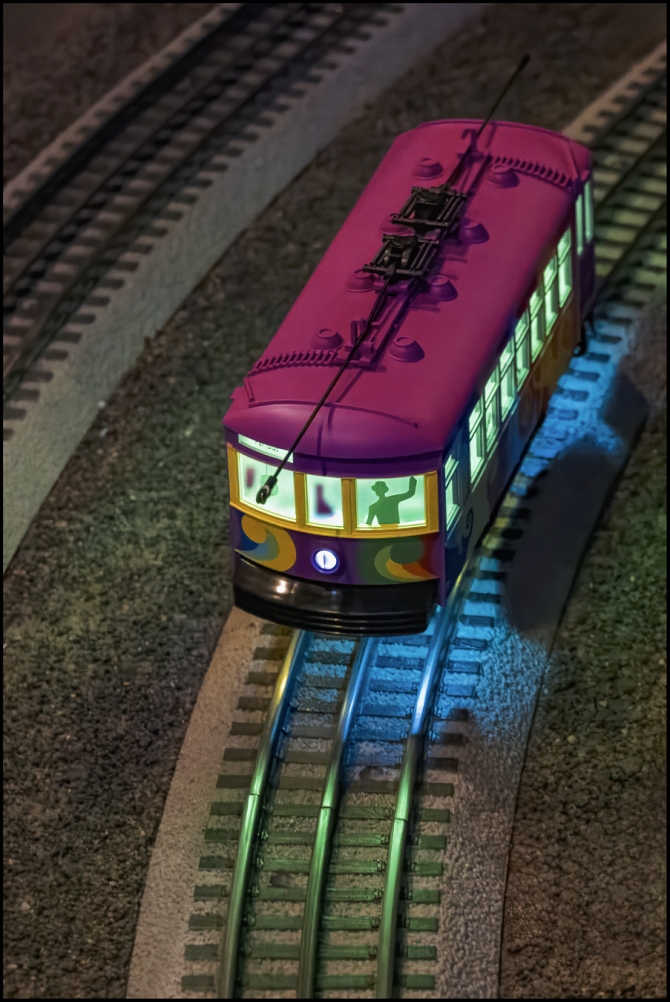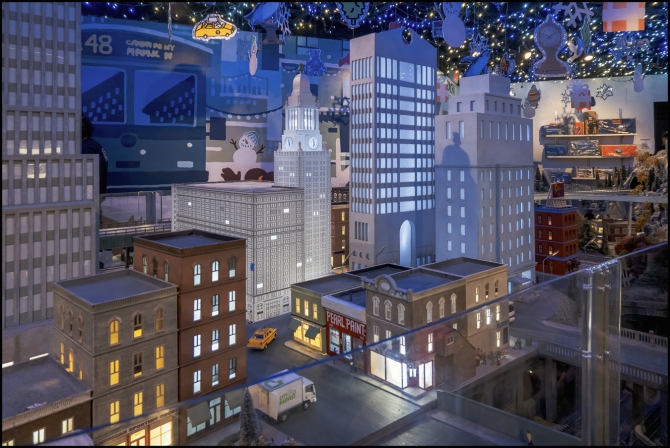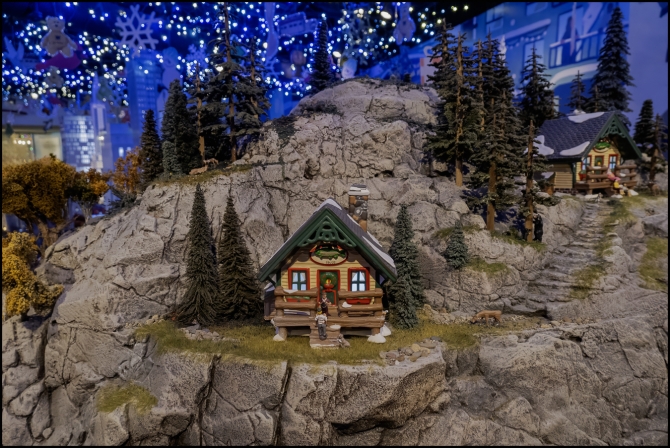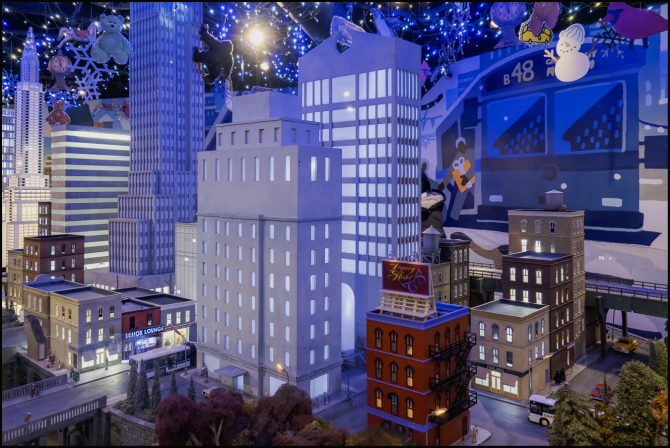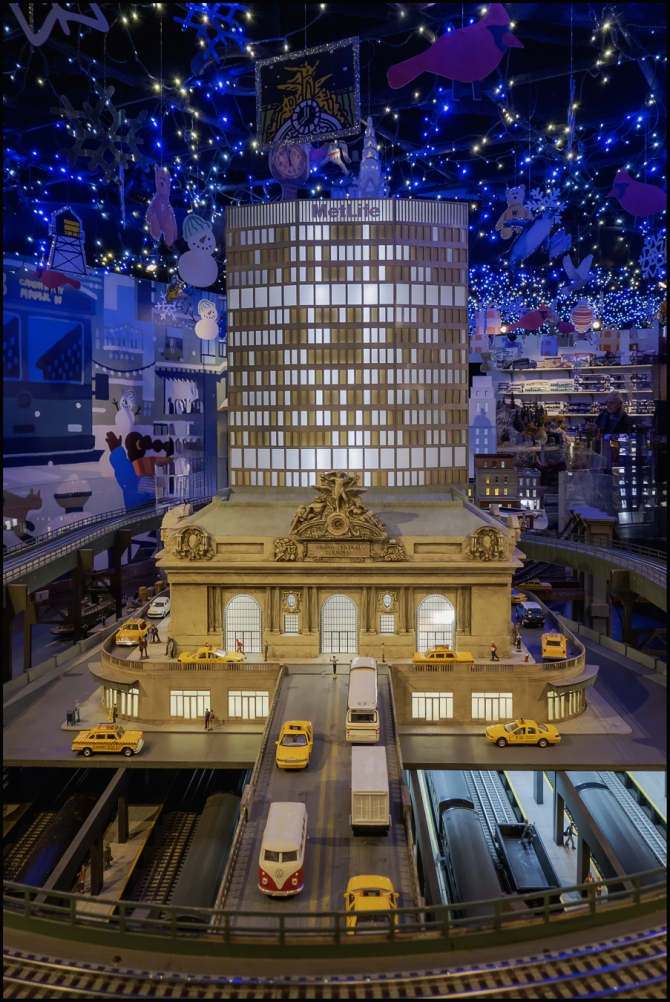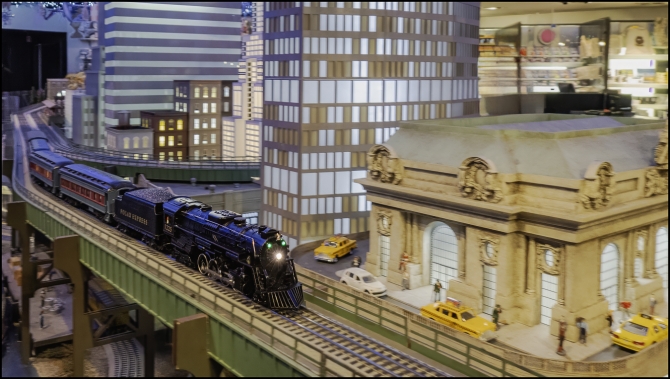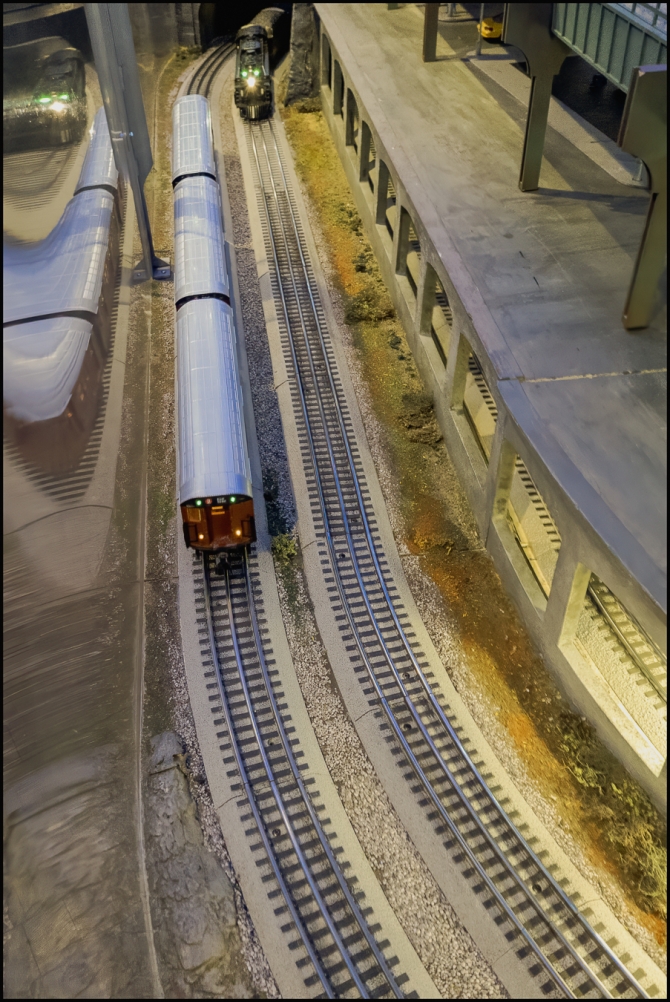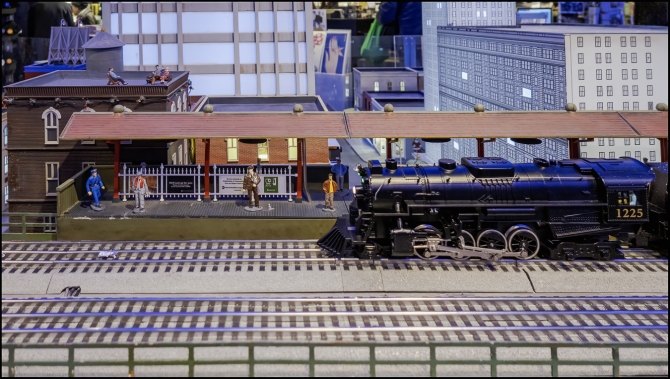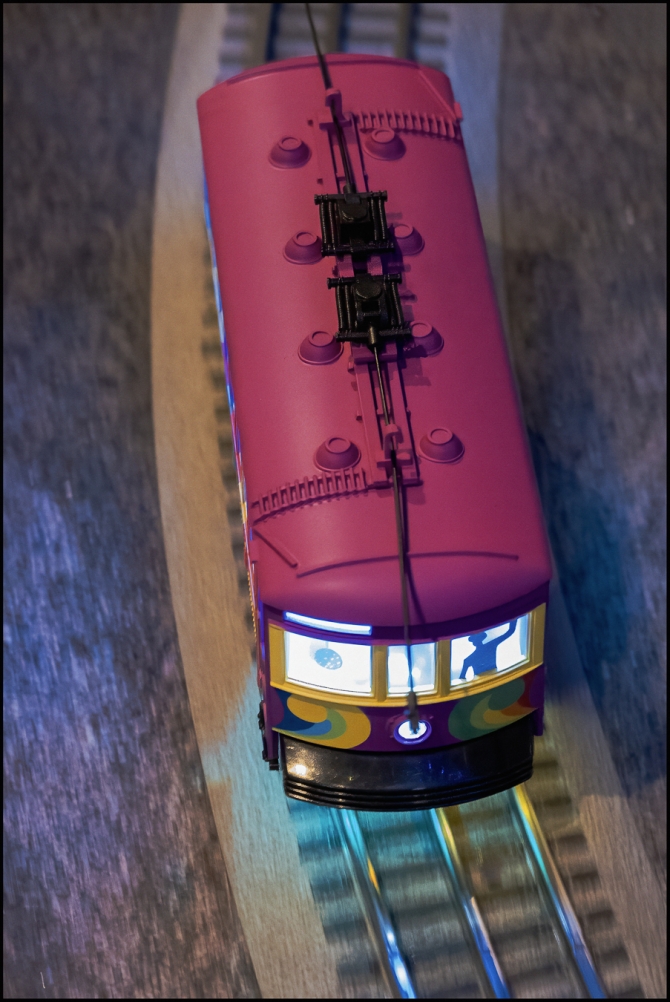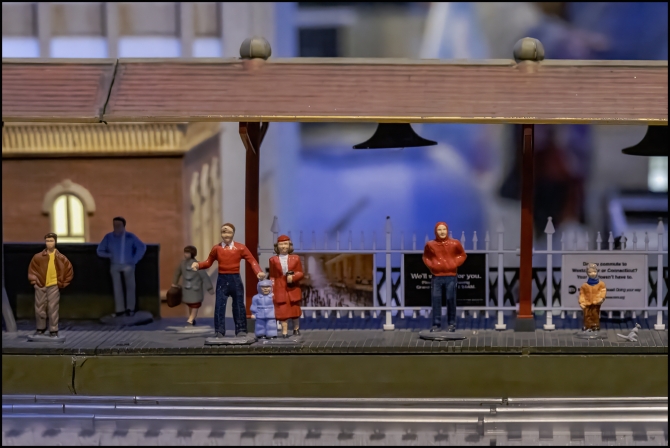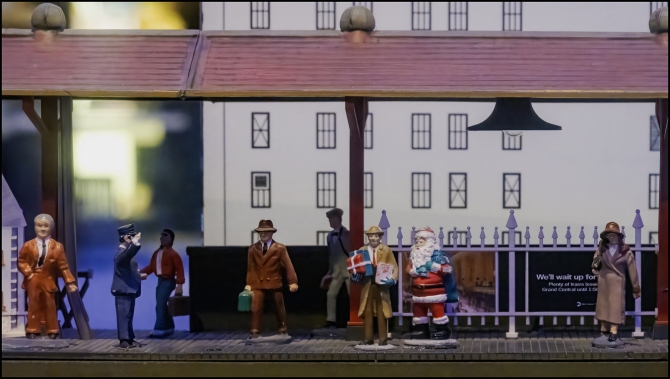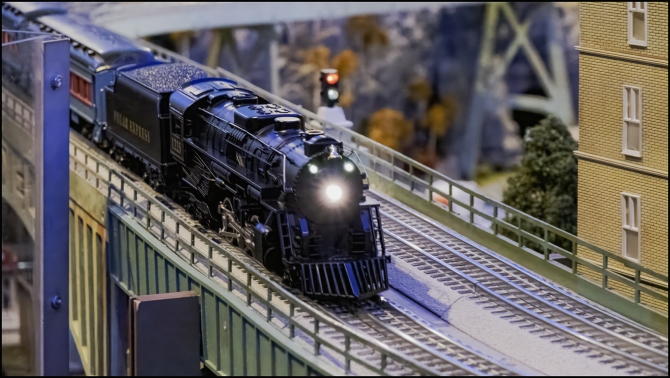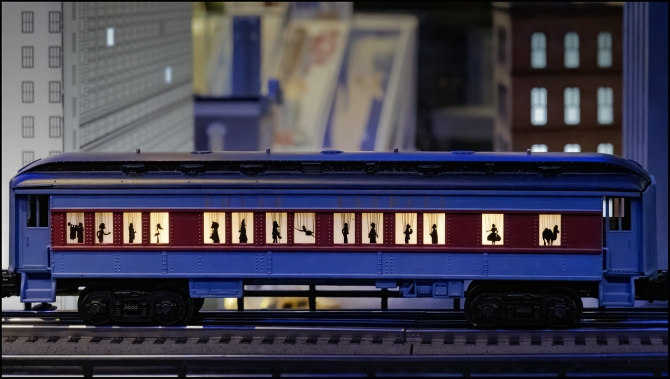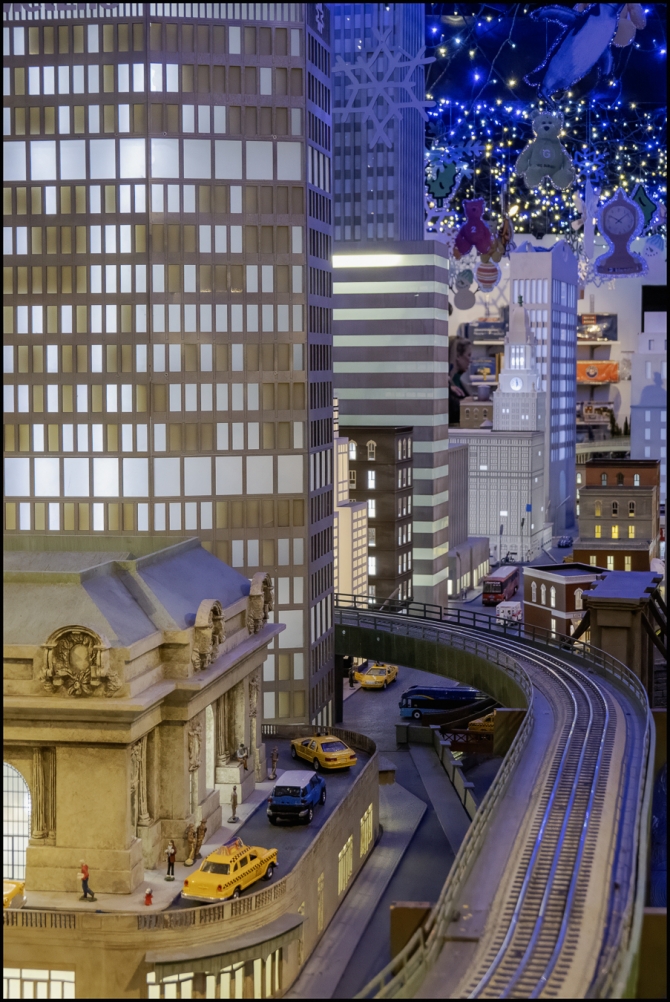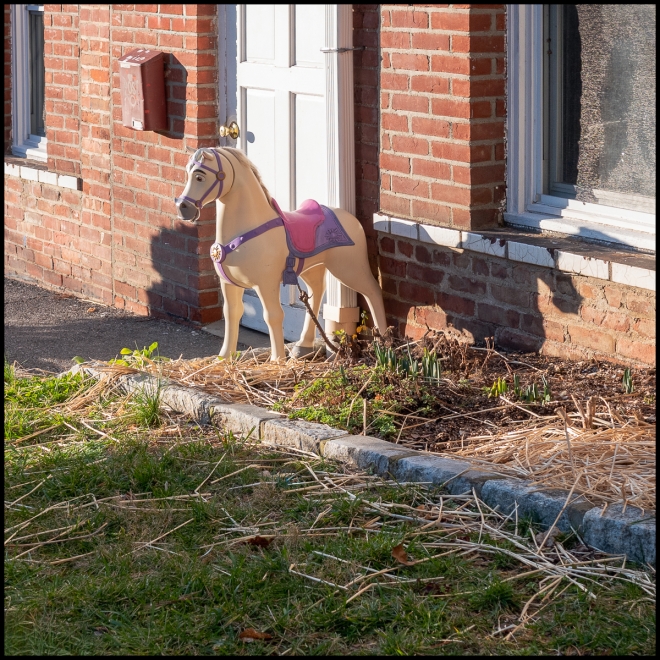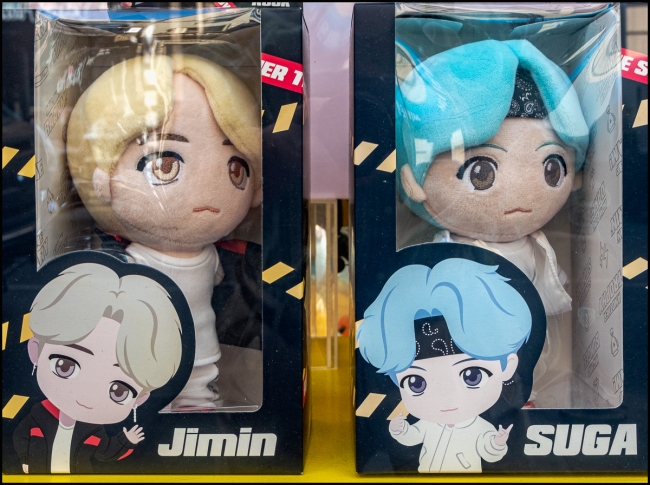When I spotted these colorful creatures in a shop window I realized that I must be near New York’s “Koreatown”. This was confirmed when I noticed a number of Korean Restaurants.
Koreatown, or K-Town, is an ethnic Korean enclave in Midtown Manhattan, New York City, centered on 32nd Street between Madison Avenue and the intersection with Sixth Avenue and Broadway, which is known as Greeley Square. The neighborhood in Midtown South features over 150 businesses of various types and sizes, ranging from small restaurants and beauty salons to large branches of Korean banking conglomerates. Koreatown, Manhattan, has become described as the “Korean Times Square” and has emerged as the international economic outpost for the Korean chaebol.
Historically, Manhattan’s Koreatown has been part of the Garment District. In the 1980s, a Korean bookstore and a handful of restaurants were founded in the area. Their success drew other Korean-owned businesses, sustained by increased immigration from Korea and the high levels of tourist traffic stemming from nearby Midtown Manhattan landmarks like the Empire State Building, Macy’s Herald Square, the United Nations Headquarters, Penn Station, Madison Square Garden, the Garment District, and the Flower District. Today, Koreatown is primarily a Korean business district, but the resident Korean population in the area has grown as well. More broadly, Koreatown is attracting new Korean residents to the adjacent Manhattan neighborhoods of Murray Hill, Kips Bay, and Rose Hill.
The heart of Koreatown is the segment of 32nd Street between Fifth Avenue and Sixth Avenue, officially nicknamed Korea Way. Korea Way features stores and restaurants on multiple stories, with independently run establishments reaching up to higher floors, exuding an ambience of Seoul itself. The New York City Korean Chamber of Commerce estimates there to be more than 100 small businesses on Korea Way. Signage in Hangul is ubiquitous. Koreatown’s central location and high density of crowded restaurants, bars, karaoke clubs, and spas on Korea Way have rendered it a major tourist attraction and a center of nightlife in Manhattan.
Korea Way features numerous restaurants that serve both traditional and/or regional Korean cuisine and Korean fusion fare (including Korean Chinese cuisine, several bakeries, grocery stores, supermarkets, bookstores, consumer electronics outlets, video rental shops, tchotchke and stationery shops, hair and nail salons, noraebang singing bars, nightclubs, as well as cell phone service providers, internet cafés, doctors’ offices, attorney offices, banks, and hotels. Numerous Japanese restaurants have also emerged in Manhattan’s Koreatown. Although Korea Way continues to represent the heart of Koreatown, situated between Broadway, Sixth Avenue, and Fifth Avenue, Koreatown itself as of 2015 has been expanding further eastward from Fifth Avenue along East 32nd Street, toward Madison Avenue in Midtown Manhattan, in the direction of Queens and Nassau County. (Adapted from Wikipedia)
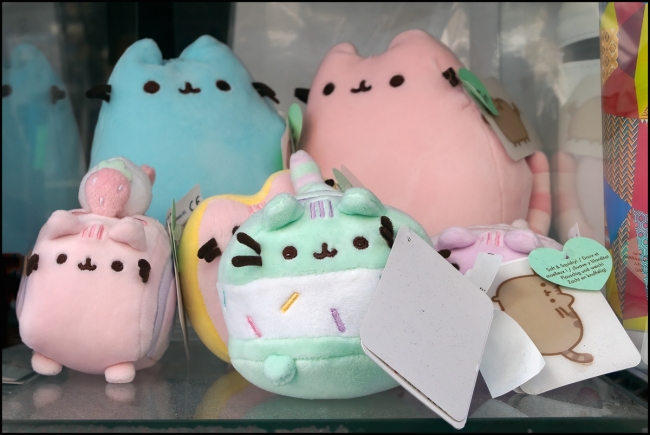
I love Korean food and lately had been craving for it (although there are a couple of Korean restaurants near where I live, they’re not conveniently close and I suspect that the food in Manhattan is better), so I thought that I must remember to ask my granddaughter if she likes Korean food?
Taken with a Fuji X-E3 and Fuji XC 16-50mm f3.5-5.6 OSS II

